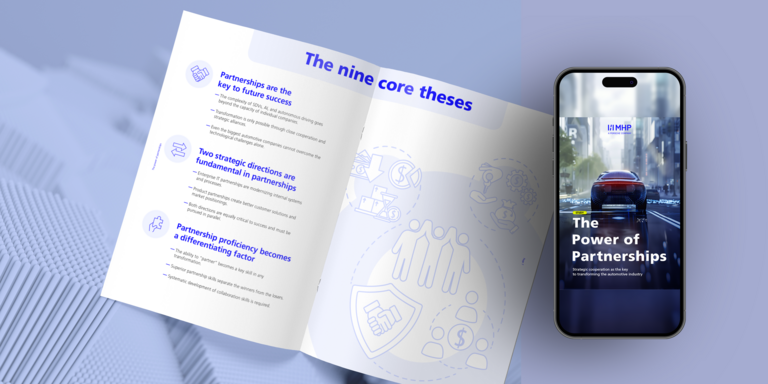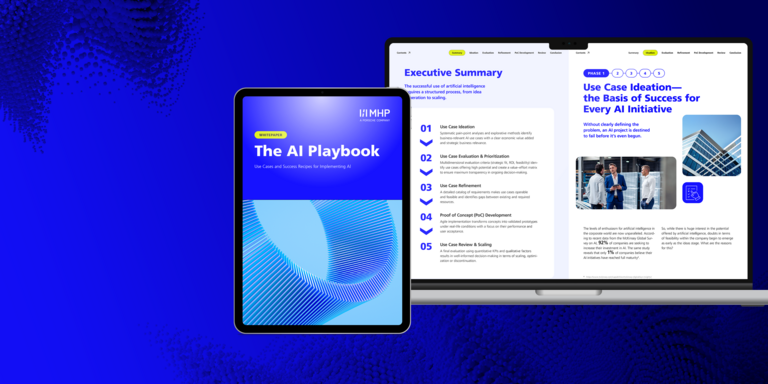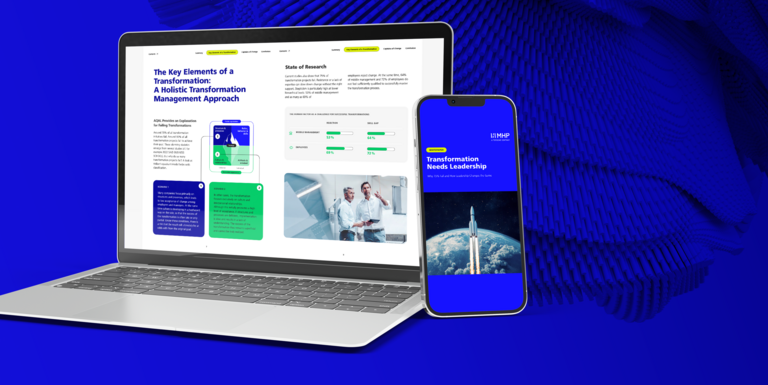Our drive, our purpose
Enabling You To Shape A Better Tomorrow
Functioning as a technology and business partner, MHP digitalizes its customers’ processes and products, and guides them through IT transformations along their entire value-creation chain. MHP is a digitalization pioneer for the mobility and manufacturing sectors with expertise that can be transferred to a wide range of industries. MHP is also a premium partner to thought leaders on the path to a better tomorrow.
Our services
We want our customers to be successful. Because their success is also our success. With excellent services, we help them to reach their goals. We have the right solution for every challenge and support our customers comprehensively in the following areas of service:
Artificial Intelligence
MoreBusiness Process Outsourcing
MoreCIO Advisory
MoreCloud Transformation
MoreCustomer Experience
MoreCyber Security
MoreData Analytics
MoreDigital Services
MoreFinance Performance
MoreFuture of Work
MoreFuture Product Creation
MoreHuman Capital
MoreIndustrial Data Ecosystems
MoreIndustrial IoT
MoreInfrastructure & Application Management
MoreIntelligent Automation
MoreMobility
MoreOrganizational Transformation
MoreSAP Transformation
MoreSoftware Development & System Integration
MoreSupply Chain & Operations
MoreSustainability
More
Let's talk about it.

We invest in the future, and in yours.
We are always on the lookout for outstanding personalities to grow with us.
Career at MHP
Our people have made MHP what we are today, namely the leading process and IT consulting firm in the German automotive market. Our vision, however, is to develop MHP into a leading process and IT consulting firm in the global automotive market. In the future, we want to transfer our strategic innovations to other sectors and continue to expand the MHP team. We need employees, who believe in this vision and are passionate about shaping the future of MHP in order to achieve this strategic objective. It is only if we all play our part that we will be able to achieve this objective together.
Roles & Challenges

Industrial Cloud Solutions
Redefine what's possible: scalable and future-proof production.












![[Translate to English:] [Translate to English:]](/fileadmin/_processed_/f/8/csm_MHP-Publikationen_54079792a9.jpeg)
![[Translate to English:] [Translate to English:]](/fileadmin/_processed_/e/6/csm_SuccessStory_IBM-4_a8c685bec4.jpg)



